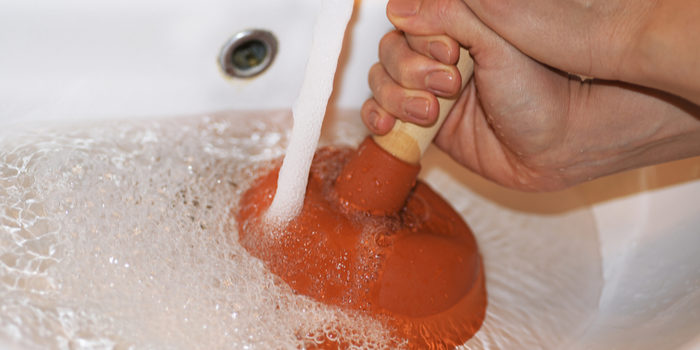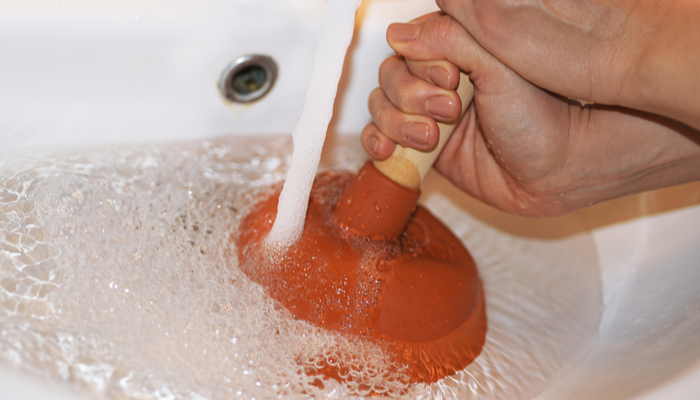


You turn on the faucet, and the sink begins to fill with water. You think, okay, maybe I’ve got the stopper in. To your dismay, the drain is open and unimpeded, but the water is only barely draining. You’ve got a clogged, slow drain and you’re dreading calling a plumber and seeing the huge bill attached to their visit. What can you do?
Today we’re looking at a few ways you can try to unclog a drain yourself, and why you really should do so. Let’s get into some DIY home maintenance, some Feng Shui, and how to avoid paying an arm and a leg to the plumber.
Unclogging Tough Drains
Why You Should
The last thing you need in your home is a slow-draining sink or tub. They’re absolute breeding grounds for bacteria, making your home smelly and unsanitary. One of the best things about living in a home with modern amenities is plumbing: pipes that carry waste and dirt away from your home are critical to sanitary living and a long lifespan.
If the “sanitation” argument isn’t doing it for you, consider the Feng Shui angle. Maybe you’ve heard of this philosophy: it holds that the way you organize your living space directs the flow of Chi, or spirit energy, in your home. In Western terms, a bad living space puts your head in a bad space. Feng Shui practitioners claim that slow drains can be a drain on your energy, ensuring lower finances, draining your good health, dragging down travel plans and even clogging your sinuses.
Calling in the Plumber
Your first instinct may be to call in the plumber. However, as good of advice as this is in an emergency situation, a slow drain is no emergency. You should try every home solution you can, first. Plumbers have to upcharge a ton for a variety of reasons, so you’ll end up spending a lot more on them than you will on any home solutions.
A slow drain is almost always cause by a soft blockage. This can be hair or similar gunk that’s just cluttered up and become a ball of water-stopping grossness. A soft blockage like this can usually be broken down by some abrasive chemicals. Of course, if none of these home remedies work, it’s time to call in a pro, sadly.
Drano (and Other Products)
Store-bought drain cleaners, like name-brand Drano and all of its derivatives, can be helpful for these types of clogs. Typically, these drain products work best on clogs that are either caught in the first vertical trap of the drain, or in the third section. Things caught in the U-trap, the second, horizontal section, usually require a bit more in-depth solution.
Drano should be able to break up any gunk caught in the drain that isn’t, say, a solid blockage. If someone has gotten a marble or some other little foreign object stuck in the drain, it’ll need to be removed manually.
Removing the U-Trap
If the blockage still isn’t gone, it’s time to go hands-on. Make sure that there is no drain product in the U-trap by thoroughly flushing the drain in question. Once that’s done, get some gloves on and put a bucket under the pipes. Remove the nuts from the front and back of the trap and then take it off. Let the water drain from both sides, and then drain the water from the removed trap.
Take a bent pipe cleaner and scrub out whatever gunk or blockage is gumming up the works. Once that’s done, just re-attach the trap and send some warm water through the pipe. The blockage should be cleared. If neither of these approaches did the trick, it’s time to call in a pro.










